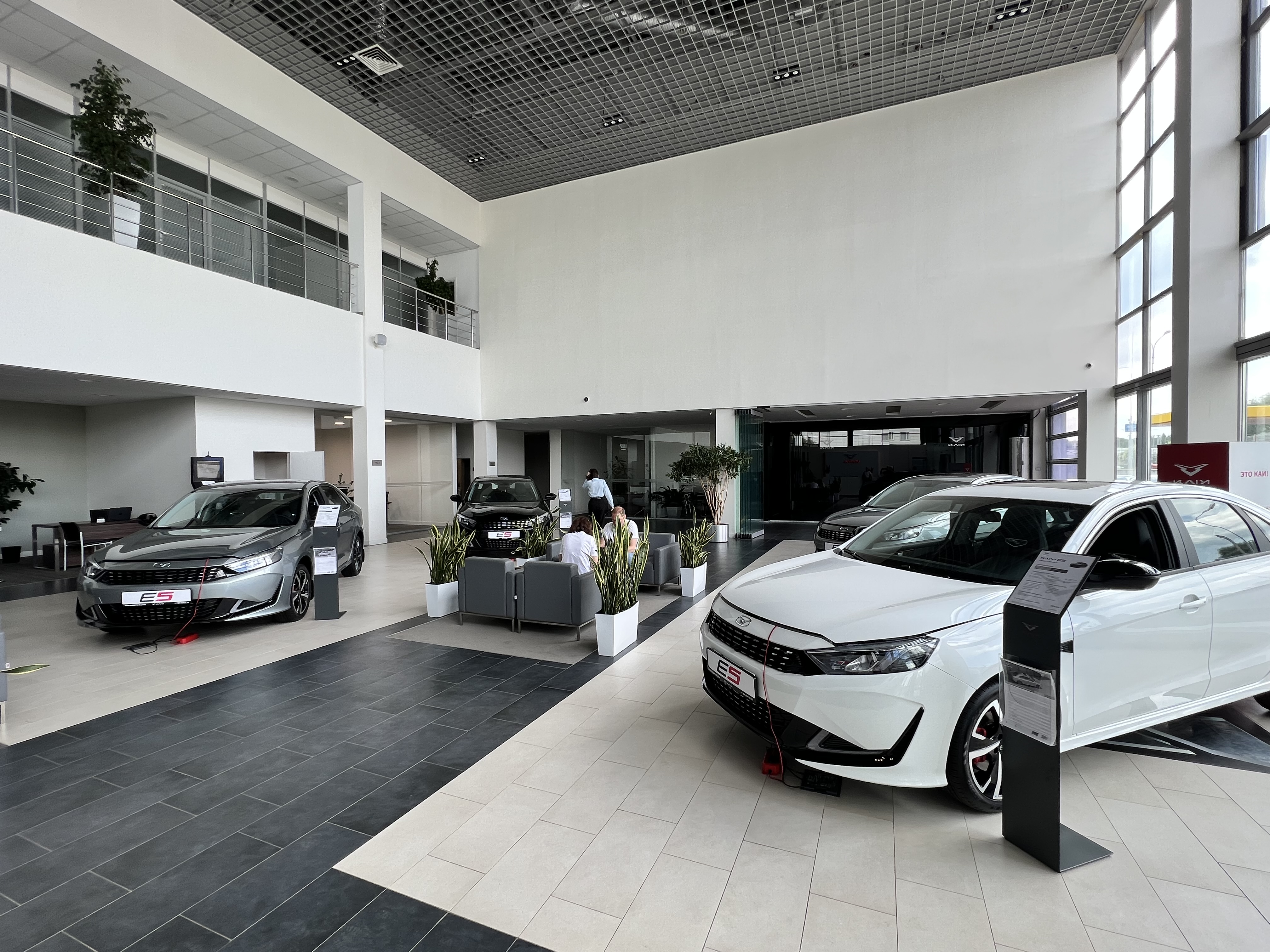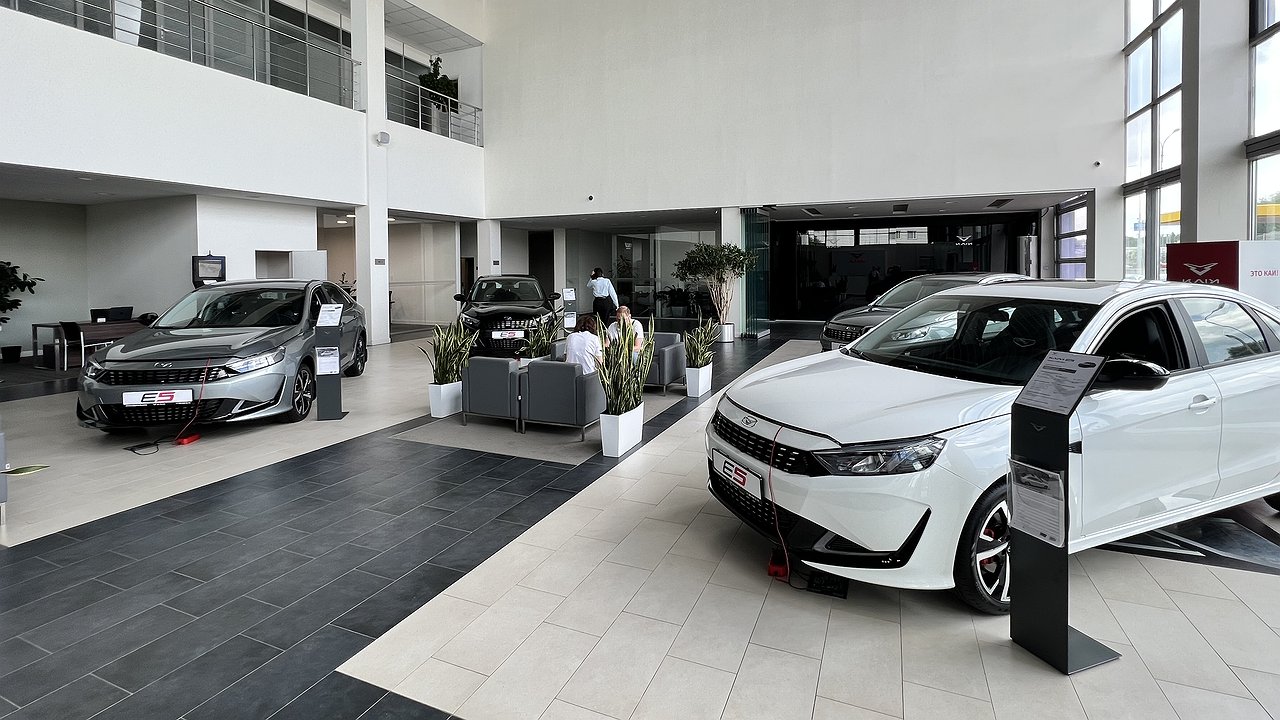
Today, just over 1 million Chinese cars drive through Russia. Relatively little considering that the country’s entire fleet numbers 58 million vehicles. In other words, established and, so to speak, stable statistics on the breakdowns of used “heavenly” cars have not yet been developed. Yes, there are isolated complaints about gearboxes, engines and paintwork, but we repeat that no systematized data on typical and widespread failures has yet been collected. However, every sensible car enthusiast, when he buys a brand new car, thinks about the surprises it can offer him in two or three years, and especially in five years. That is understandable: often changing ‘swallows’, as we did in ‘old’ years, will not work now. So the portal “AvtoVzglyad” found a Chinese car with almost 90,000 km on the odometer and is ready to use its example to predict that the majority of cars from China will have this mileage.
However, let’s make a reservation right away. If we take the Hamburg story, the mileage of this car can be safely multiplied by three, since it spent its entire life in the manufacturer’s press park. In other words, the journalists rode head and shoulders in the car, which in our case is even a good thing: we saw how the ‘Chinese’ behaved during long and intensive use.
True, here we must take into account that our test subject was built according to patterns and with the support of the Japanese Mitsubishi, so it is probably still holding up well, although it is already starting to lose ground. But let’s not get ahead of ourselves, even though the first conclusion can already be drawn. Potential buyers of Chinese cars should pay attention to models that are not original “heavenly” developments, but were created in collaboration with the giants of the global automotive industry. And best of all: based on specific models.
Which, by the way, is quite relevant considering that today in our country there are serious problems with the repair of “Chinese” cars. The AutoVzglyad portal has already written that automotive services are facing a serious shortage of not only spare parts, but even a lack of parts catalogs and repair manuals! Therefore, the consumer is likely to feel much more confident if their Chinese car is armed with both a licensed engine and a licensed gearbox. Which was partly confirmed by our test subject.
No, in case of repair, the owner will most likely be faced with a lack of spare parts in the dealer warehouse, but the probability of failure of the “borrowed” power unit or gearbox is noticeably reduced. Much greater risks are associated with the bodies of Chinese cars and the quality of their paintwork. Which, by the way, is not hidden by the manufacturers themselves and offers a much lower guarantee against corrosion due to corrosion than, for example, their European and Japanese colleagues. However, our test car (it was a GAC GN8) only partially confirmed this statement, but there is still something to think about (for example, mandatory additional anti-corrosion protection).
But what owners of such equipment should really be wary of is problems with the electrical and software of multimedia devices made in China. However, you can learn more about this problem of the Chinese car industry and the other problems in the next episode of the podcast of the AvtoVzglyad portal, which you can find Here.
However, let’s make a reservation right away. If we take the Hamburg story, the mileage of this car can be safely multiplied by three, since it spent its entire life in the manufacturer’s press park. In other words, the journalists rode head and shoulders in the car, which in our case is even a good thing: we saw how the ‘Chinese’ behaved during long and intensive use.
True, here we must take into account that our test subject was built according to patterns and with the support of the Japanese Mitsubishi, so it is probably still holding up well, although it is already starting to lose ground. But let’s not get ahead of ourselves, even though the first conclusion can already be drawn. Potential buyers of Chinese cars should pay attention to models that are not original “heavenly” developments, but were created in collaboration with the giants of the global automotive industry. And best of all: based on specific models.
Which, by the way, is quite relevant considering that today in our country there are serious problems with the repair of “Chinese” cars. The AutoVzglyad portal has already written that automotive services are facing a serious shortage of not only spare parts, but even a lack of parts catalogs and repair manuals! Therefore, the consumer is likely to feel much more confident if their Chinese car is armed with both a licensed engine and a licensed gearbox. Which was partly confirmed by our test subject.
No, in case of repair, the owner will most likely be faced with a lack of spare parts in the dealer warehouse, but the probability of failure of the “borrowed” power unit or gearbox is noticeably reduced. Much greater risks are associated with the bodies of Chinese cars and the quality of their paintwork. Which, by the way, is not hidden by the manufacturers themselves and offers a much lower guarantee against corrosion due to corrosion than, for example, their European and Japanese colleagues. However, our test car (it was a GAC GN8) only partially confirmed this statement, but there is still something to think about (for example, mandatory additional anti-corrosion protection).
But what owners of such equipment should really be wary of is problems with the electrical and software of multimedia devices made in China. However, you can learn more about this problem of the Chinese car industry and the other problems in the next episode of the podcast of the AvtoVzglyad portal, which you can find Here.
Source: Avto Vzglyad
Donald Salinas is an experienced automobile journalist and writer for Div Bracket. He brings his readers the latest news and developments from the world of automobiles, offering a unique and knowledgeable perspective on the latest trends and innovations in the automotive industry.














